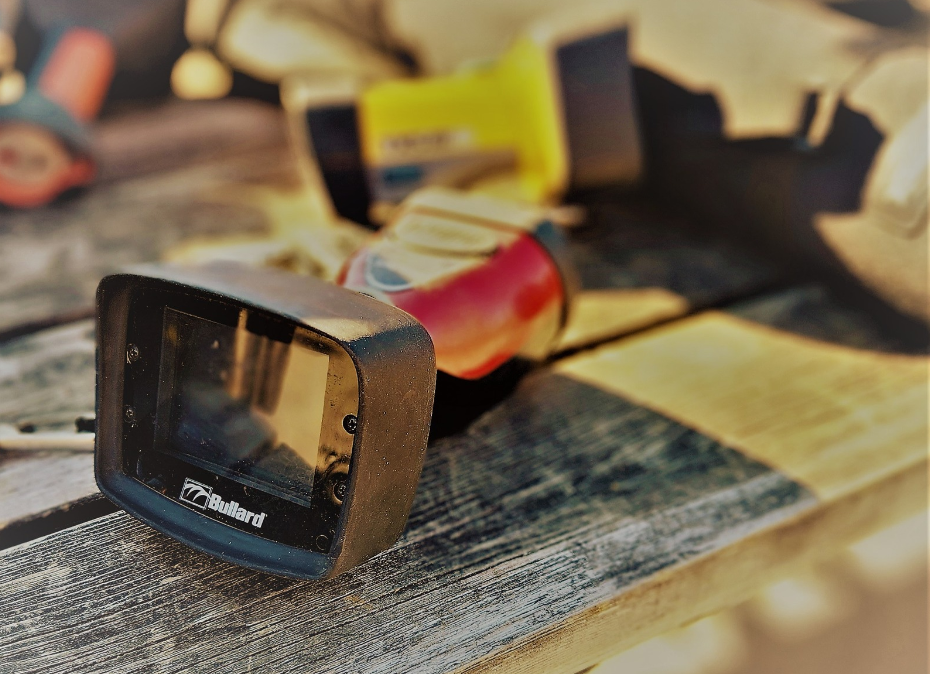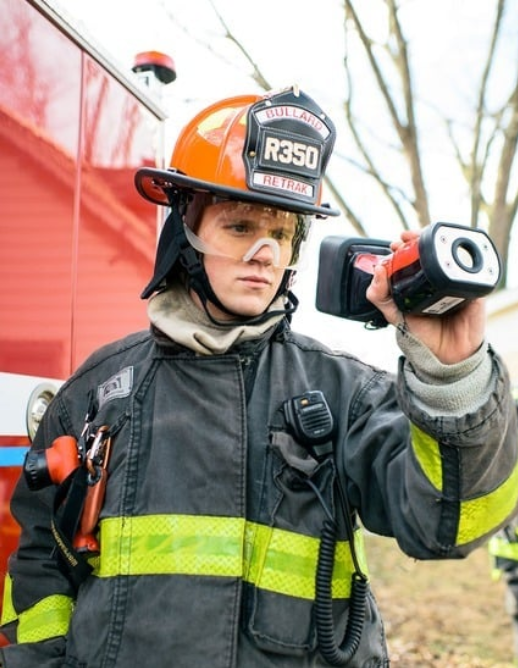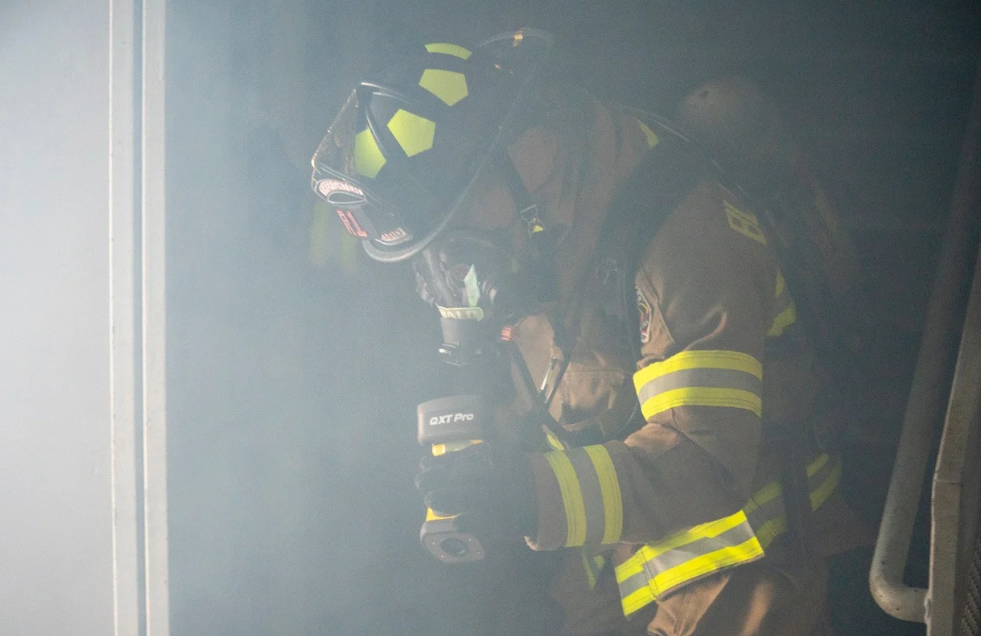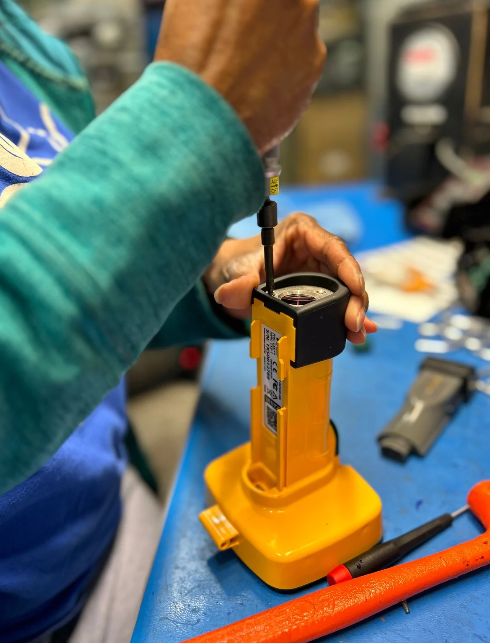Purchasing thermal imagers is a significant investment that directly impacts firefighter safety, operational efficiency, and your department’s long-term success. A thoughtful, well-structured approach ensures your buying committee selects tools that meet your department’s unique needs while maximizing value. This guide provides actionable insights and strategies to help your team make informed decisions.
1. Build the Right Buying Committee
Why It Matters
Assembling a diverse team helps ensure all critical perspectives are considered, from operational usability to budget and logistics.
Who to Include
- Firefighters and Officers: Provide insight into usability on the fireground and operational priorities.
- Apparatus Operators: Verifies integration with vehicles and storage solutions.
- Procurement Specialists: Navigate budget constraints and purchasing processes.
- Training Officers: Focus on user training and skill development.
Best Practices
- Foster collaboration by holding regular meetings to align priorities and address concerns.
- Encourage open dialogue to ensure no critical perspective is overlooked.
2. Pinpoint Your Department’s Needs
Ask the Right Questions
- How often will the imagers be used?
- What types of incidents will they support (e.g., structure fires, rescues, hazmat operations)?
- Are there operational gaps that new thermal imagers could address?
Plan for the Future
- Anticipate growth in call volume or changes in incident types.
- Verify that the selected imagers can scale with your department’s evolving demands.
3. Focus on Key Features
What to Prioritize
- Resolution: High resolution (e.g., 320×240 or 640×480 pixels) delivers clear, detailed images, essential for identifying hotspots and flow paths.
- Battery Life: Opt for devices with extended battery performance to last through prolonged operations.
- Durability: Select models that can withstand heat, impacts, and daily use.
- Enhanced Colorization Modes: Features like high contrast and transparent colorization make it easier to interpret flow paths and detect hazards.
4. Test Before You Buy
Why It’s Essential
Hands-on testing reveals how thermal imagers perform under real-world conditions vs. “board room demos”, can help ensure they meet your department’s needs.
How to Test
- Simulated Scenarios: Use training burns or smoke-filled environments to evaluate image clarity, durability, and ease of use.
- Full Gear Testing: Operate the devices with gloved hands and while wearing SCBA to simulate real fireground conditions.
Best Practices
Request multiple demos from manufacturers to compare models side-by-side. Controlled comparisons help identify the best fit for your department.

5. Plan for Training and Support
Why Training Matters
A thermal imager is only as effective as the firefighter using it. Proper training can help ensure users can quickly interpret data and operate the device under stress.
What to Look For
- Intuitive Controls: Devices with simple, user-friendly interfaces reduce the learning curve.
- Manufacturer Resources: Verify the manufacturer offers training resources and ongoing support, such as maintenance guidance, a strong service program and easy software updates.
6. Balance Quality and Budget
The Good, Better, Best Approach
- Good: Basic imagers for general situational awareness.
- Better: Mid-range models for officers or specific apparatus.
- Best: Advanced devices with high resolution and specialized features for incident commanders and elite teams.
Note: Your department may consider deploying a mix of imager models from the same manufacturer to meet all the budget and tactical needs of various roles across the department.
Long-Term Perspective
Avoid focusing solely on upfront costs. Durable, high-performance devices may cost more initially but save money on repairs, replacements, and operational efficiency over time.

7. Develop a Clear Procurement Plan
What to Include
- Deployment Details: Define how imagers will be distributed across teams or apparatus.
- Budget Justification: Highlight how the devices will enhance safety and efficiency, using real-world scenarios to support funding requests.
- Maintenance Schedule: Outline preventative maintenance routines to extend device lifespan and reliability.
Presentation Tip
When presenting the procurement plan, use examples from previous incidents where thermal imagers could have improved outcomes to strengthen your case.

8. Review and Refine Post-Deployment
Why It’s Important
Gathering user feedback ensures the selected imagers meet operational needs and helps identify areas for improvement.
How to Refine
- Conduct surveys or debriefs with firefighters who use the devices regularly.
- Adjust training programs or procurement strategies based on identified gaps or challenges.

Conclusion
Choosing the right thermal imagers for your department goes beyond the tools themselves. It’s about verifying they meet your firefighters’ needs and support the challenges they face on the fireground. With a diverse team, thorough testing, and a clear procurement strategy, your department can make informed decisions that enhance safety, efficiency, and readiness.
To explore advanced thermal imaging solutions or schedule a hands-on demo, visit www.bullard.com. Equip your team with the tools they need to tackle every call with confidence.



